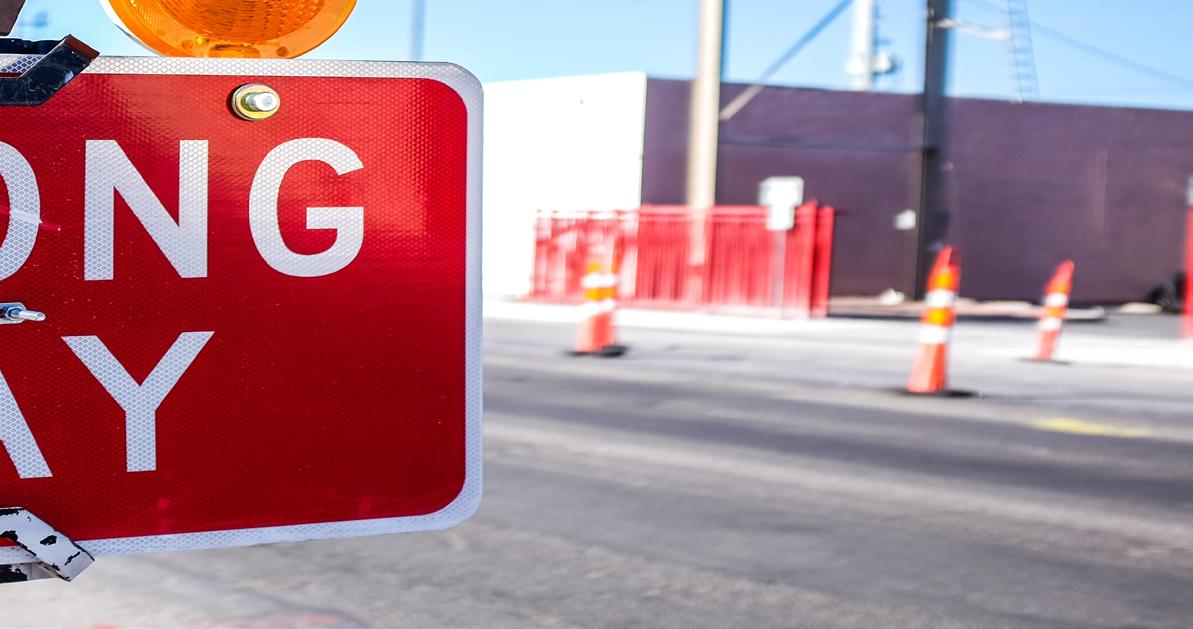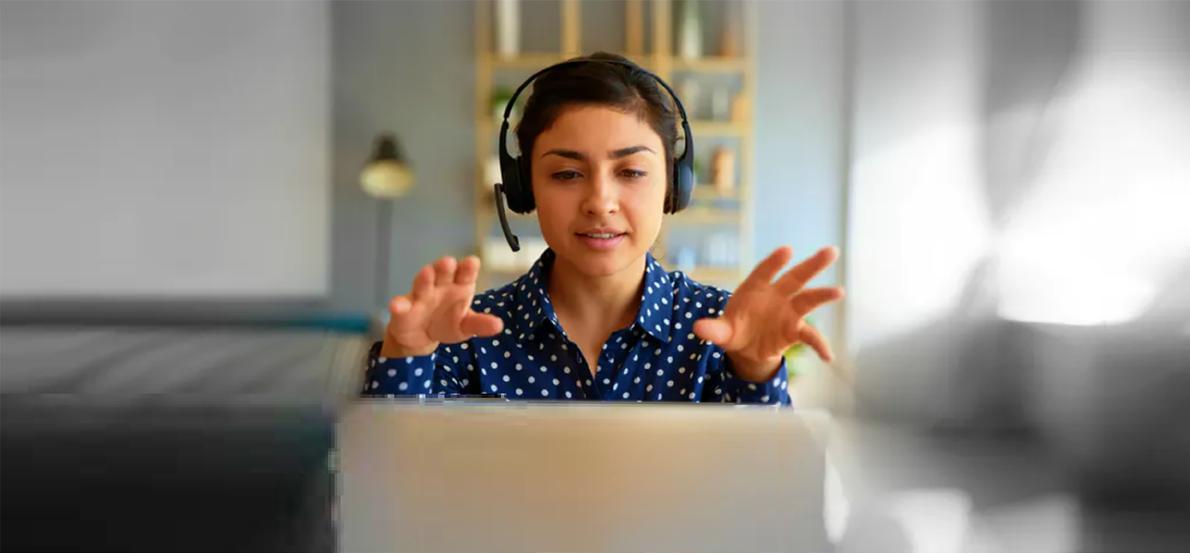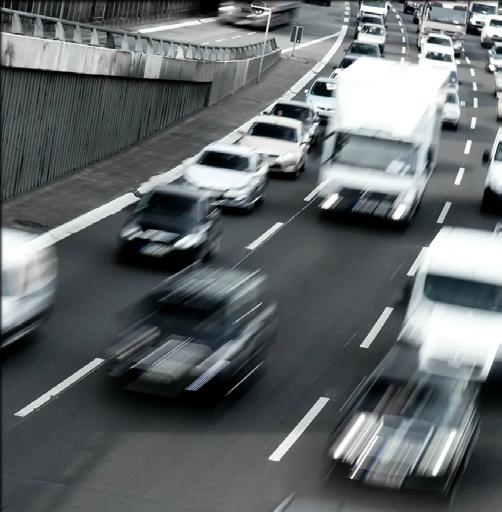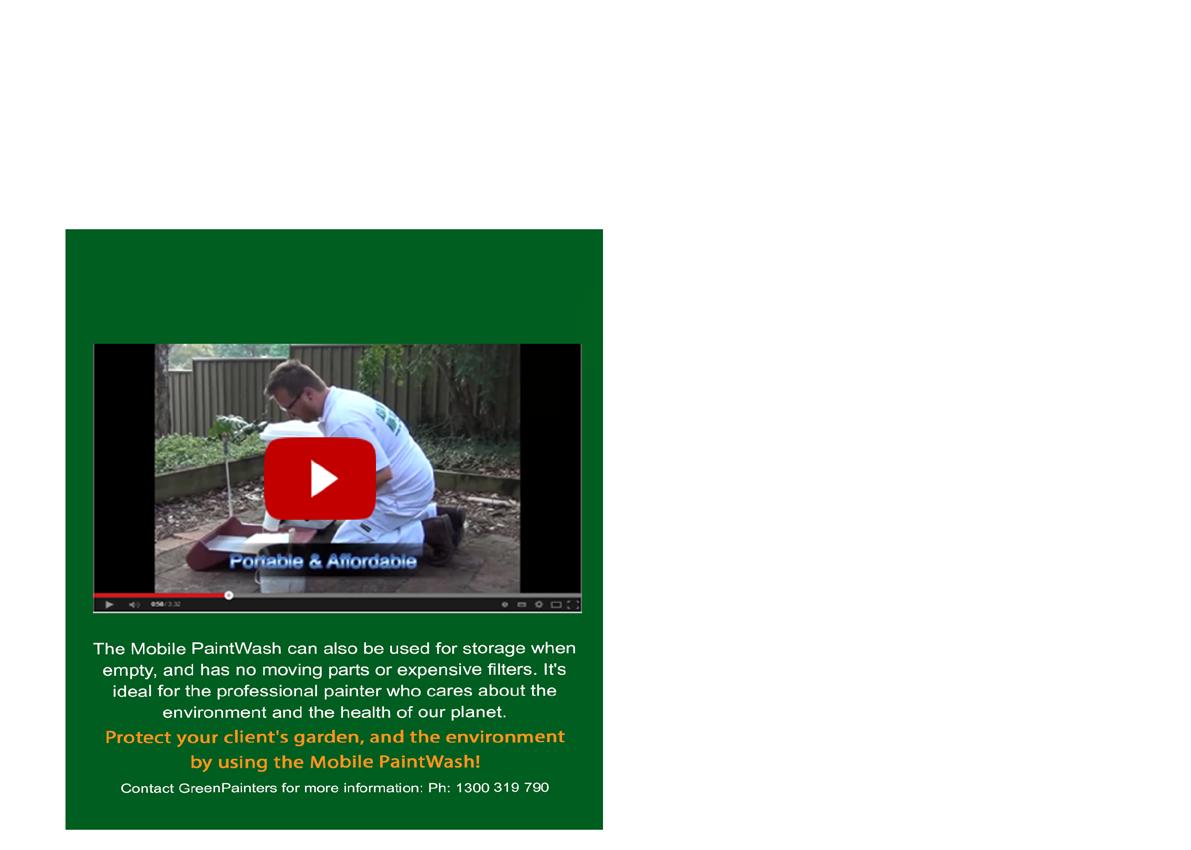
9 minute read
Business Reality Check: DO YOU HAVE A PLAN B?
As the first tranche of JobKeeper winds down and JobKeeper 2.0 comes into place, business owners need to face more critical decisions on the future of their business.
Here are the key points you need to know about JobKeeper 2.0 and when you can apply for it.
JobKeeper 2.0 - Key Details The JobKeeper Payment scheme has been extended until 28 March 2021, see JobKeeper extension. From 28 September 2020:
• employers need to demonstrate that their actual GST turnover has fallen against a comparable period
• tier 1 and tier 2 JobKeeper rates apply and are generally based on average hours worked by employees.
For the JobKeeper fortnights starting 28 September 2020 and 12 October 2020 only, we are allowing employers until 31 October 2020 to meet the wage condition for all employees included in the JobKeeper scheme. Employers do not need to re-enrol to claim payments in the first extension if they are already enrolled in JobKeeper. They just need to check their continuing eligibility and submit this information to us online from 1 October 2020.
Employers also need to tell the ATO the payment tier they are claiming for each eligible employee or business participant in their November monthly business declaration. Visit our Blog for more details about the JobKeeper 2.0 Tweaks to the ‘Decline in Turnover’ Tests.
What’s your Plan B? Surprisingly, the outlook for the construction industry overall was positive, as stressed by some economists.
“The spread of COVID-19 is anticipated to have a light effect on building construction industries. The industry’s revenue growth is not expected to be significantly affected by COVID-19 during 2019-20, although the industry may endure construction delays stemming from the disruptions in the supply chain for building materials and the supply of skilled labour. Operatorsin these industries require materials such as paints, varnish, adhesives and specialist coatings.” (source IBISWorld)

For business owners who have employees on JobKeeper now, it is particularly relevant to know how much JobKeeper did to keep your business afloat and how much it was running under its own steam.
As a business owner it’s best you never make a decision based on just one factor. Without looking at your Profit & Loss statements for the last couple of quarters it would be difficult to get a sense where your business is on a scale of 1 to 10 for survival beyond the current economic crisis.
Almost three monthsinto the 2020-21 financial year and with no end in sight to thisflagging economy, it’s prudent to review your Plan B – if you have one.
In order to ride out an uncertain future, I have five key questions for you to think about: 1. If what you’re doing right now isn’t working, do you have a Plan B? 2. Have you done a risk assessment of factors currently impacting your business? 3. If the current economic climate continues to worsen, do you know what that would mean for your business and what you could do about it? 4. Are you taking advantage of all the government assistance that could be available to you? 5. Do you have a business exit strategy that doesn’t leave you with a mountain of debt? These questions may bring up some tough thoughts and emotions. Don’t let them overwhelm you.
Talk to your bookkeeper or accountant to get some help with looking at your business financials. The first step of facing up to the truth about your money is always the hardest. It gets easier from there.
If you have any doubts about the profitability of your business, call my office on 3399 8844 and we’d be happy to help you with a FREE COVID-19 Business Health Check. You can also visit our website at www. straighttalkat.com.au and complete your details on our Home page to request an appointment.
Please Note: Many of the comments in this article are general in nature and anyone intending to apply the information to practical circumstances should seek professional advice to independently verify their interpretation and the information’s applicability to their particular circumstances.


Have we just stumbled on the Biggest Productivity Increase of the Century?

One of the most striking responses to the COVID-19 pandemic has been the sudden shift of around half the workforce to working at home.
In many cases, this was combined with an equally sudden shift to home schooling.
Contrary to what might have been expected, working from home was one part of the pandemic response that went remarkably smoothly. Most kinds of office work continued almost as if nothing had changed.
Discussion of the crisis has mostly worked on the assumption that a return to something like the precrisis “normal” is both inevitable and desirable.
But the unplanned experiment we have been forced to undertake suggests we might have stumbled upon a massive opportunity for a microeconomic reform, yielding benefits far greater than those of the hardfought changes of the late 20th century.
The average worker spends an hour on commuting every work day. Remarkably, this is a figure which has remained more or less stable since Neolithic times, a finding known as Marchetti’s Law. (The same observation has been attributed to Bertrand Russell.)

Marchetti’s Law says we spend about an hour travelling to work whatever the era.
If working from home eliminated an hour of commuting, without changing time spent on work or reducing production, the result would be equivalent to a 13% increase in productivity (assuming a 38-hour working work).
If half the workforce achieved such a gain, it would be equivalent to a 6.5% increase in productivity for the labour force as a whole.
For a comparison, let’s look at the radical microeconomic reforms of the 1990s, including privatisation, deregulation and national competition policy.
In 1995 the main advocate of these reforms, the Productivity Commission, then called the Industry Commission, estimated they would increase national income by 5.5%.
In retrospect, that estimate appears to have been over-optimistic.
Although there was an upsurge in measured productivity growth in the mid-1990s, the total increase relative to the long-term trend was less than 1 percentage point per year above normal. Low productivity growth since then has wound back those gains.
These gains are big, compared to those we sweated on
Even so, those reforms were, and to a large extent still are, widely seen as a crucial contributor to economic prosperity.
So, an improvement of 6.5% would be a huge benefit. It would be enough over a few years to offset the economic costs of the lockdown and many other impacts of the pandemic.
But, as in the case of microeconomic reform, this initial estimate may be misleading. And even if there are real benefits on average, it’s important to ask who will get them and who, if anyone, will lose.
A study by Harvard and New York University economists finds that people working from home spend around 48 minutes more time per day connected to their offices, leaving an average gain in free time of only 12 minutes per day.
Read more: Vital Signs: Shorter meetings but longer days – how COVID-19 has changed the way we work It seems likely, however, that at least some of this time is spent on household tasks, especially to the extent that workers had to take on child care and home schooling during the lockdown period. And, as well as saving commuting time, workers also save the monetary costs of commuting and at least some of the time spent getting ready for work.
On balance, it seems clear that on average working from home yields net benefits.
However, workers for whom social contacts at work represent a significant “fringe benefit” will lose that benefit, while other workers who value privacy or separating work and social life will gain a benefit.
It’ll be harder for managers… Similarly, those who rely on chatting to colleagues to develop ideas will lose something relative to those who prefer more systematic approaches to obtaining information relying on electronic contact.
Another group of workers who might lose from remote working are middle managers.
To the extent that management depends on “presenteeism”, that is, physically keeping an eye on workers, remote working presents problems.
Intrusive checking on computer activity is likely to be resisted and evaded. Managers will have to learn to manage by objectively assessing results rather than observing what people do, and to get that evidence accepted further up in the hierarchy.
…manageable for employers For employers, the shift to working from home has had little immediate impact. Workers wages haven’t changed and, at least in the short run, neither has spending on office space.
But, in the long run, remote working offers the possibility of much greater flexibility in hiring. Some employers such as Facebook’s Mark Zuckerberg have already floated the idea of paying workers less because they can now live in cheaper locations, setting the stage for future conflict.
For the most part, disputes over sharing the benefits of remote office work will be hashed out between employers, workers and unions, in the ordinary workings of the labour market.
But what about the other half of the workforce, who don’t have the option of working from home? In particular, what about the mostly low-paid service workers who depend on people coming into offices?
If the productivity gains made possible through remote work are to be shared by the entire community, substantial government action will be needed to make sure it happens.
Most obviously, the higher rate of JobSeeker allowance has helped us get through the pandemic without the upsurge in suicide and other measures of social distress predicted by many. Returning to the poverty-level unemployment benefit (the old Newstart) would be a disaster.
We’ll need to change the way we support workers
The pandemic has shown how whole sectors of the economy, such as aged care, rely on casual workers piecing together multiple jobs, with no access to standard conditions like sick leave. Younger workers in particular suffer from underemployment and What will be needed is both an expansion of publicly funded employment in a wide range of services, including aged care, and a reversal of trends towards casual and contract employment.
Disastrous though it has been, COVID-19 has taught us a lot about ourselves and about how our economy and society work. If we learn these lessons, we might be able to benefit and mitigate at least some of the harm done by the disaster.
John Quiggin
Professor, School of Economics, The University of Queensland




The portable, inexpensive method to prevent paintwaste-waterpolluting the environment.










